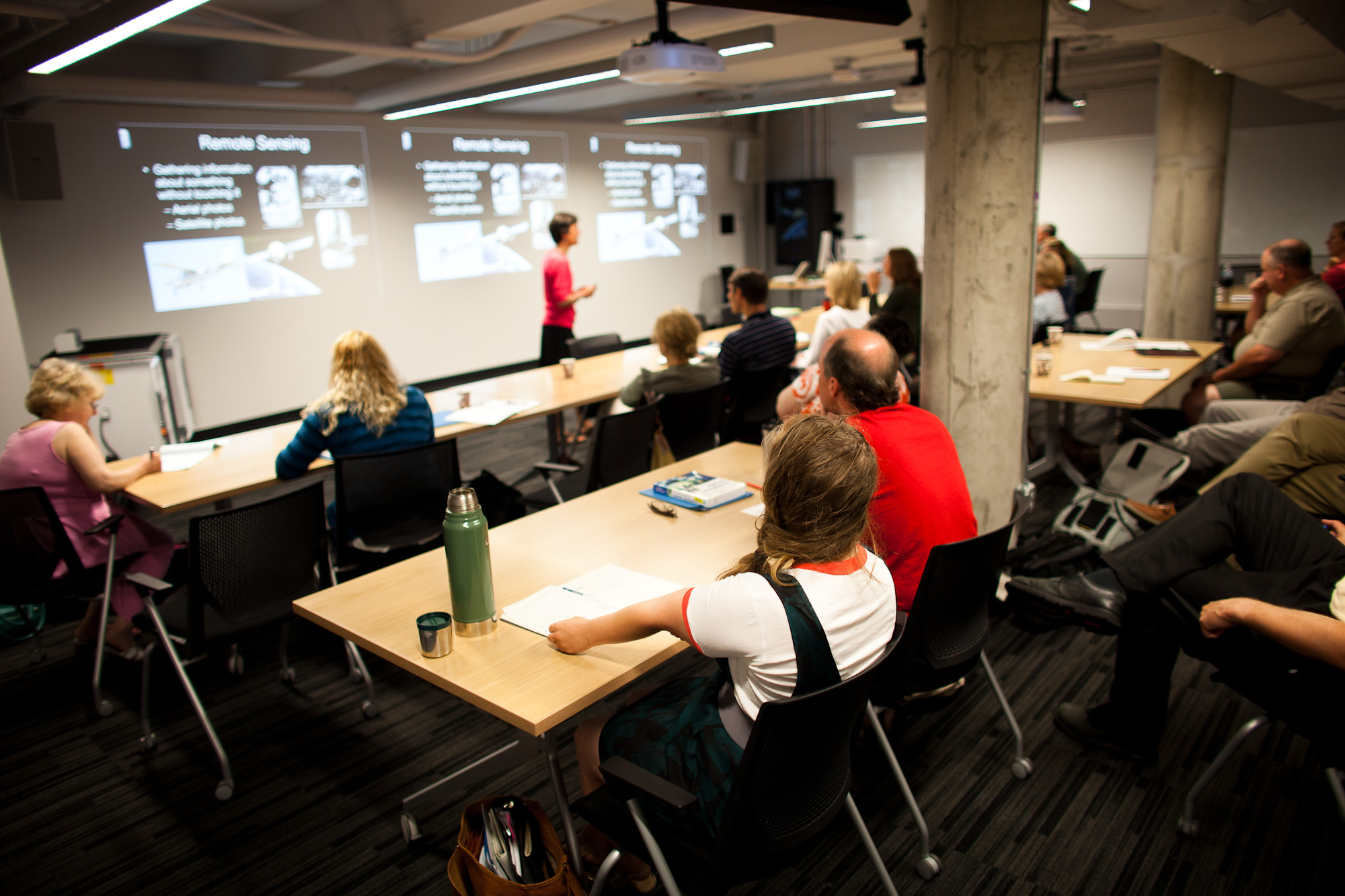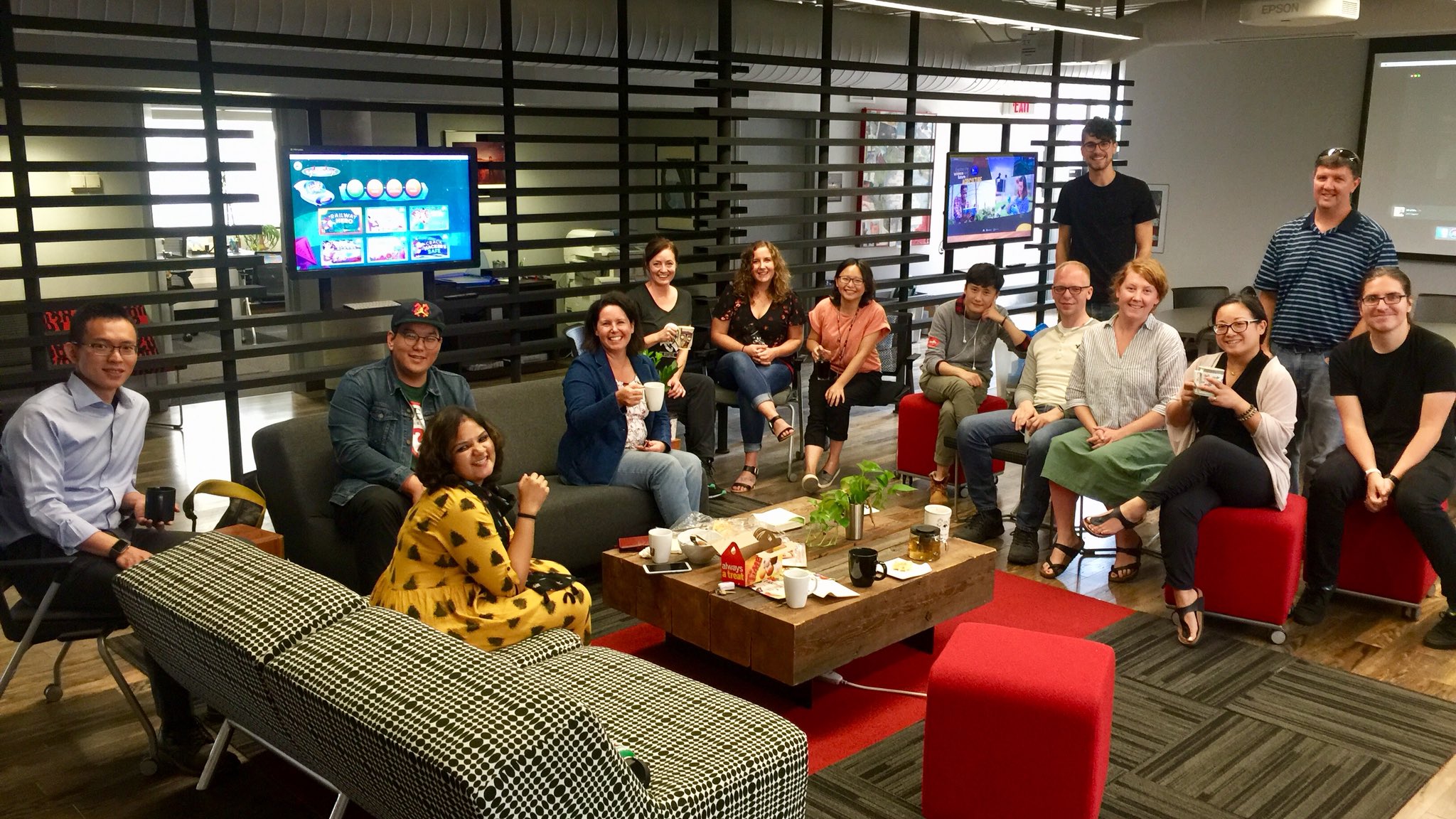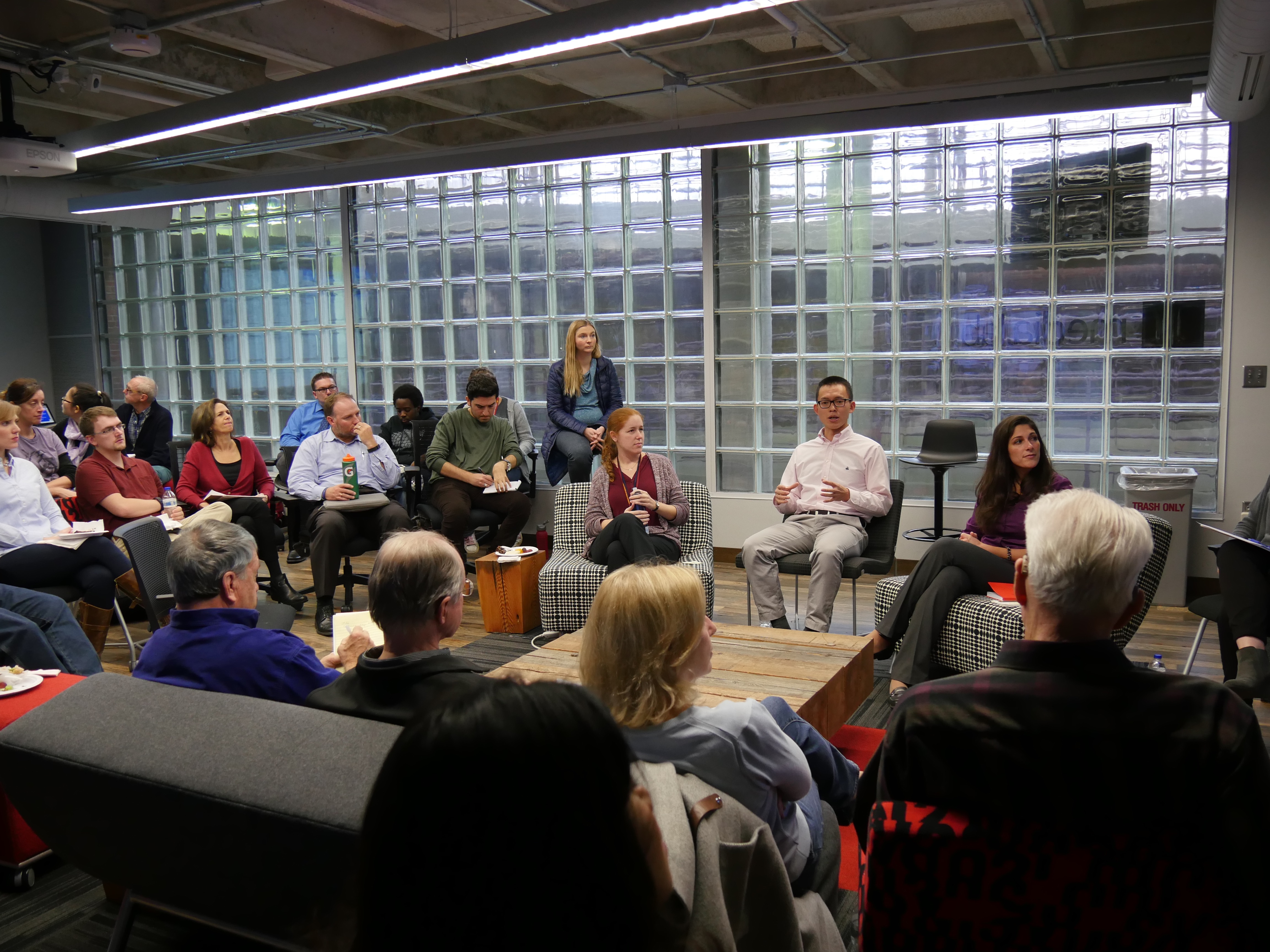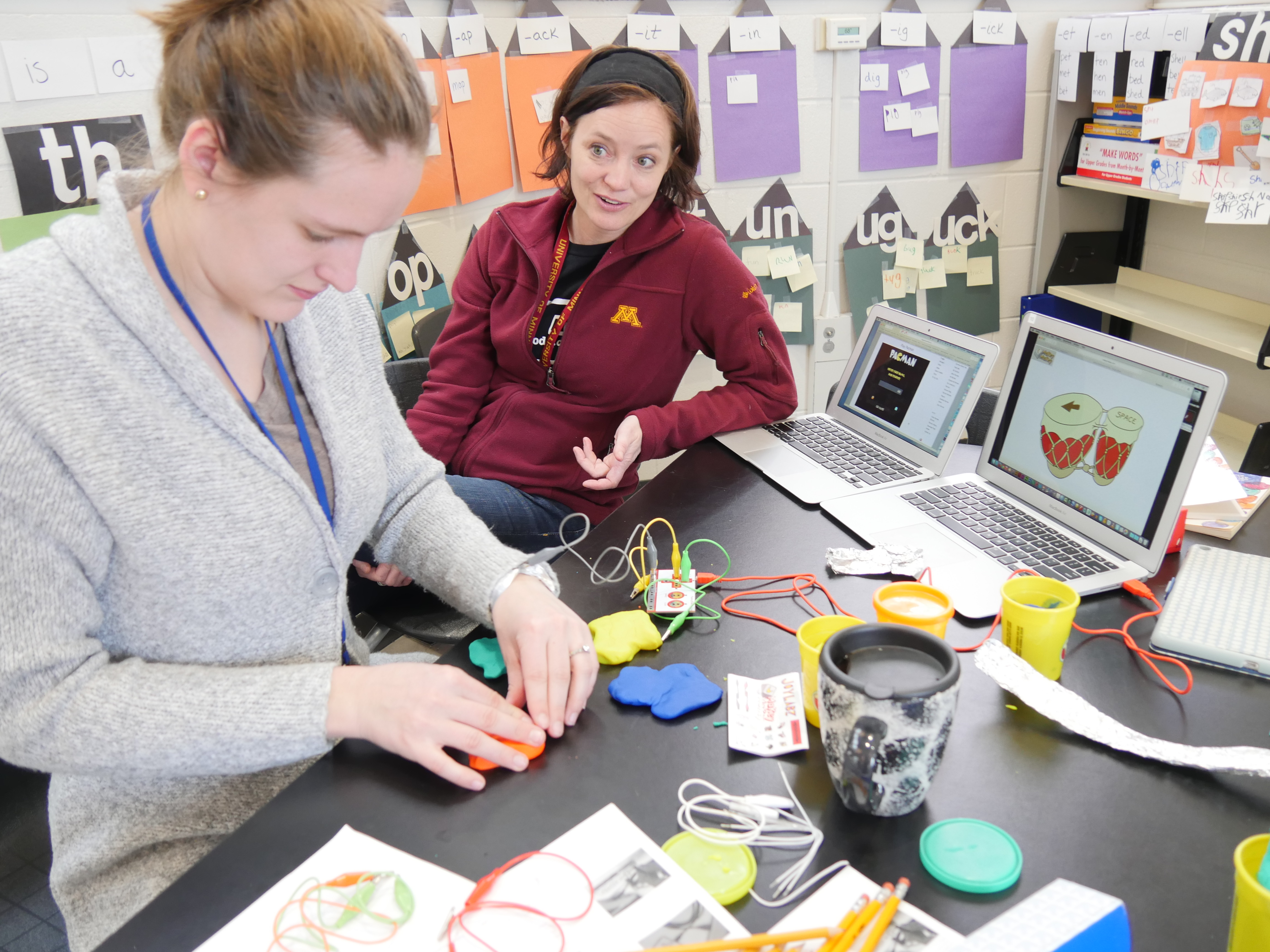November 23, 2015
Congratulations to the new Dr. Matti Koivula and Dr. Amie Norden who both defended their dissertations within the last week. Read below to learn more about their dissertations.
Matti Koivula
"The Impacts of Asynchronous Video Reflection on Perceived Learner Social Presence"
More than ever before learning in postsecondary education takes place online through computer mediated communication, as almost all colleges and universities offer some of their courses online (Moore & Kearsley, 2012). There are many benefits of online learning (Graham, 2006; Griffiths & Graham, 2009b; Rourke, Anderson, Garrison, & Archer, 2001), but there are problems as well. One of the problems students can have while learning online is the feeling of isolation and the lack social presence with others (Ali & Leeds, 2009; Borup, West, & Graham, 2012; Rovai, 2002). To help mediate this problem, instructors use different online technologies that encourage learners to communicate in a variety of ways, including through video and visual media. There are many video-based tools available and many are newly in development; this study examines one in particular called Flipgrid that can be used by instructors and students to create and share video-based reflections on course content.
This interpretive case study examined how an asynchronous video reflection tool impacted learners’ perception of social presence and their feeling of community in an online learning environment. The study was informed by the Community of Inquiry framework (Garrison, Anderson, & Archer, 2000) and utilized qualitative methods for data collection and inductive data analysis to understand the phenomenon of social presence and how learners experienced it while using an asynchronous video reflection tool. Data was collected from students from five separate undergraduate courses that took place fully online. Analysis of qualitative surveys, focus group, and individual interviews revealed three themes from the data: familiarization, authenticity, and distractions. Participants expressed that getting to know classmates by seeing and hearing them in an online course was important to them, and authentic videos in which students shared personal stories to support their points of views were highly valued. There were also distracting elements, like privacy concerns and the feeling of being rushed while doing recording, that negatively impacted the experience of recording and watching video reflections. Based on the findings of this study, a refined definition of social presence is proposed.
Amie Norden
"Renewing the Investigation into Social Presence: The Impact of Psychological Closeness and Technology on Satisfaction, Future Persistence and Final Grade"
In 1975, Weinberg (2001) first posed the challenging question that we, as educators, are unfortunately still struggling to answer: Why are we so unable to anticipate the second order effects of the first order victories of science and technology? Forty years later, education is still struggling to identify and address the second order effects of the technological changes that exploded around 1995 with the advent of the worldwide web. Faculty still struggle with the rapid technological developments. Students desire greater flexibility with online learning and seek learning that embeds the technological formats they use in their day-to-day lives. Institutions of higher education grapple to meet the demand for more online courses as well as to resolve the challenges that online learning poses at the institutional level. The field of education is still wondering where online learning fits with more traditional pedagogical designs.
One aspect of online learning that has come into the recent limelight is the topic of social presence. Currently, the term social presence is thrown around as a panacea for a variety of online learning design problems. Unfortunately, the topic of social presence is fraught with ambiguity and controversy. Educational researchers define and measure social presence in a multitude of ways, which makes its application all the more problematic. This debate is happening at the same time as instructors and instructional designers work to implement strategies to increase social presence in online courses, seeking to use it as way to address the challenges that online learning brings current learning environments.
This study examines the topic of social presence by harkening back to its original conception: a consilience of psychological closeness and technology modality. The study begins with a literature review, including aspects of immediacy and use of technology in online learning and ends with a call to the field of education in creating online course design in the years ahead.



